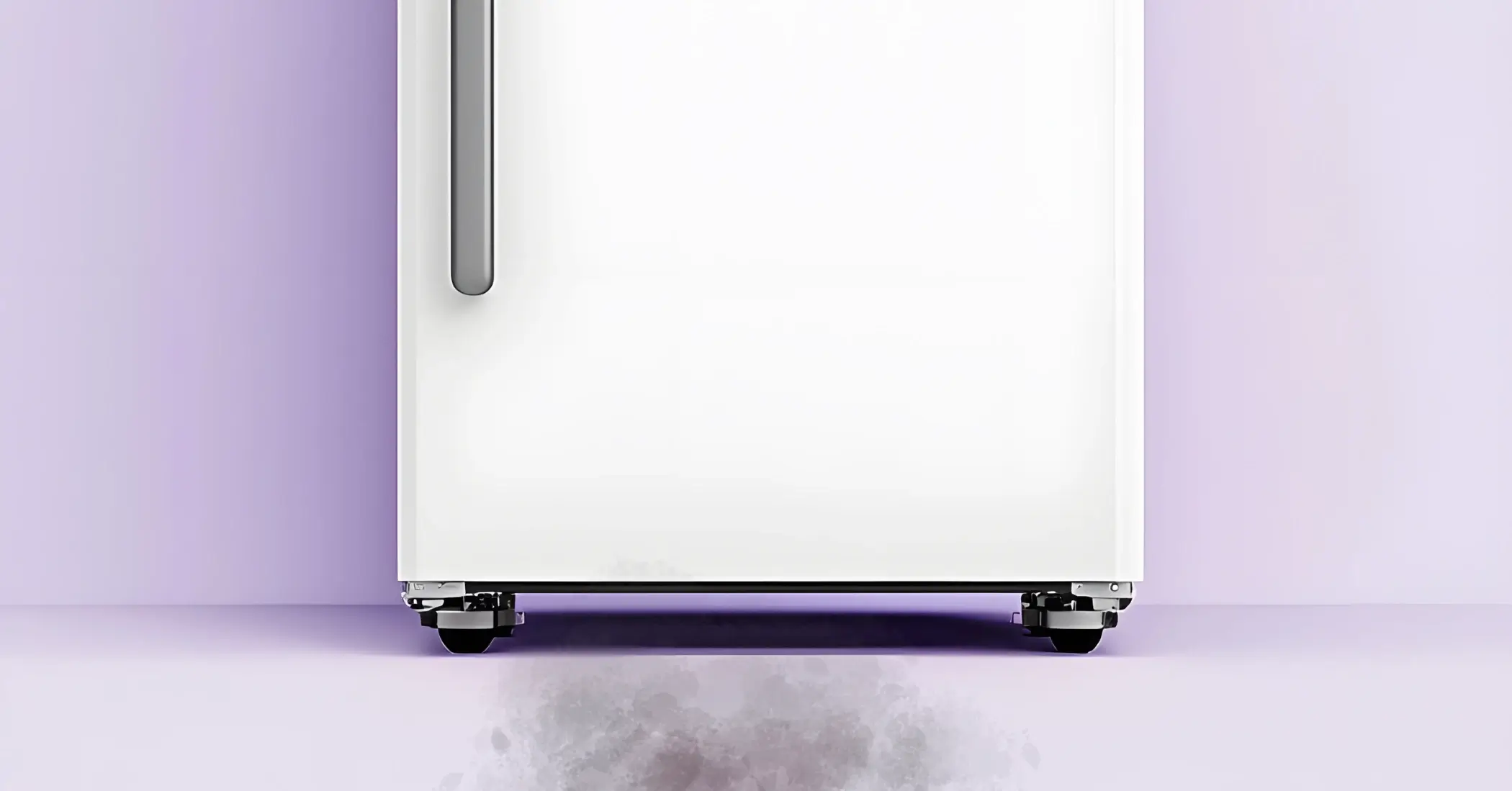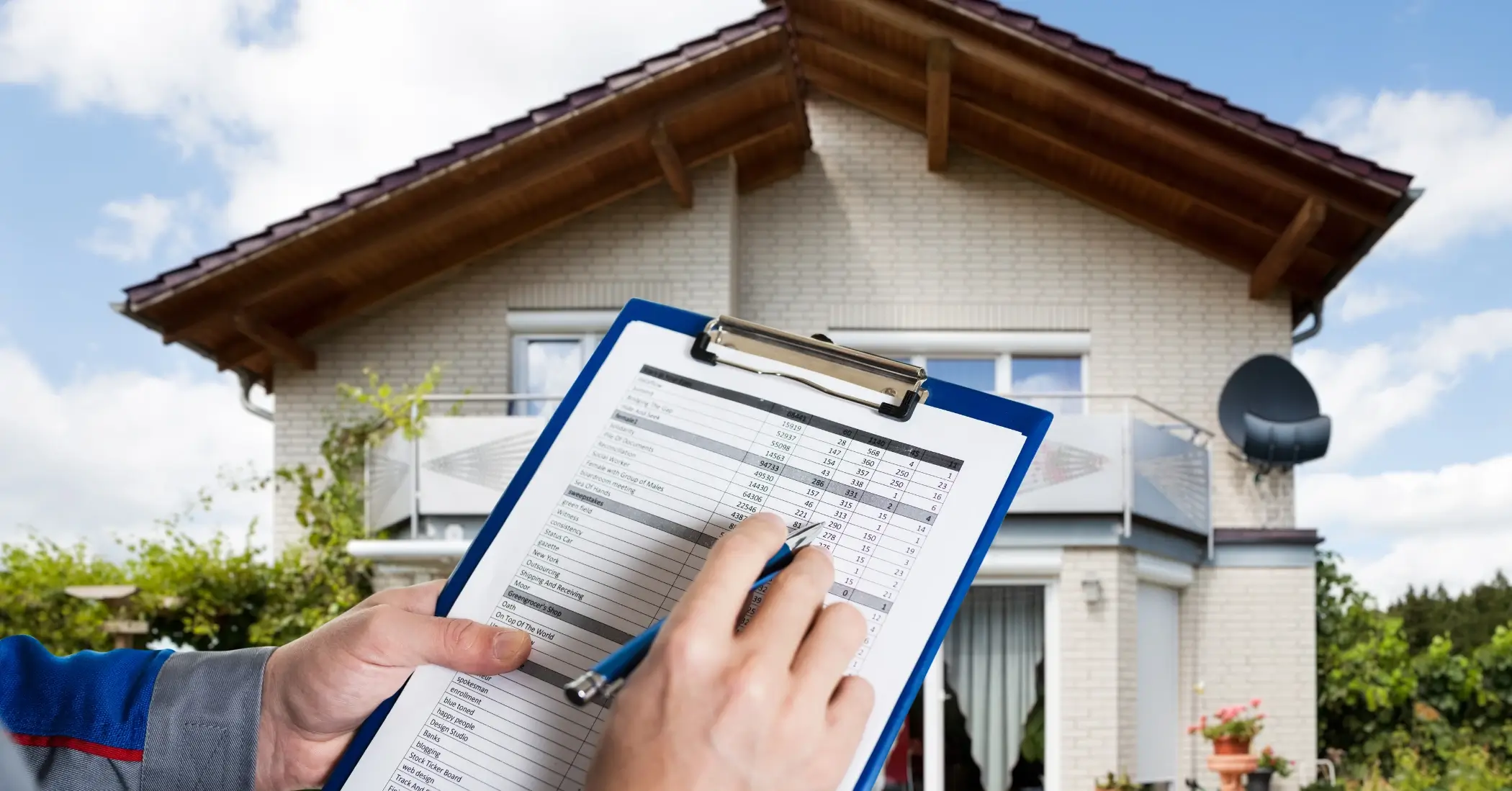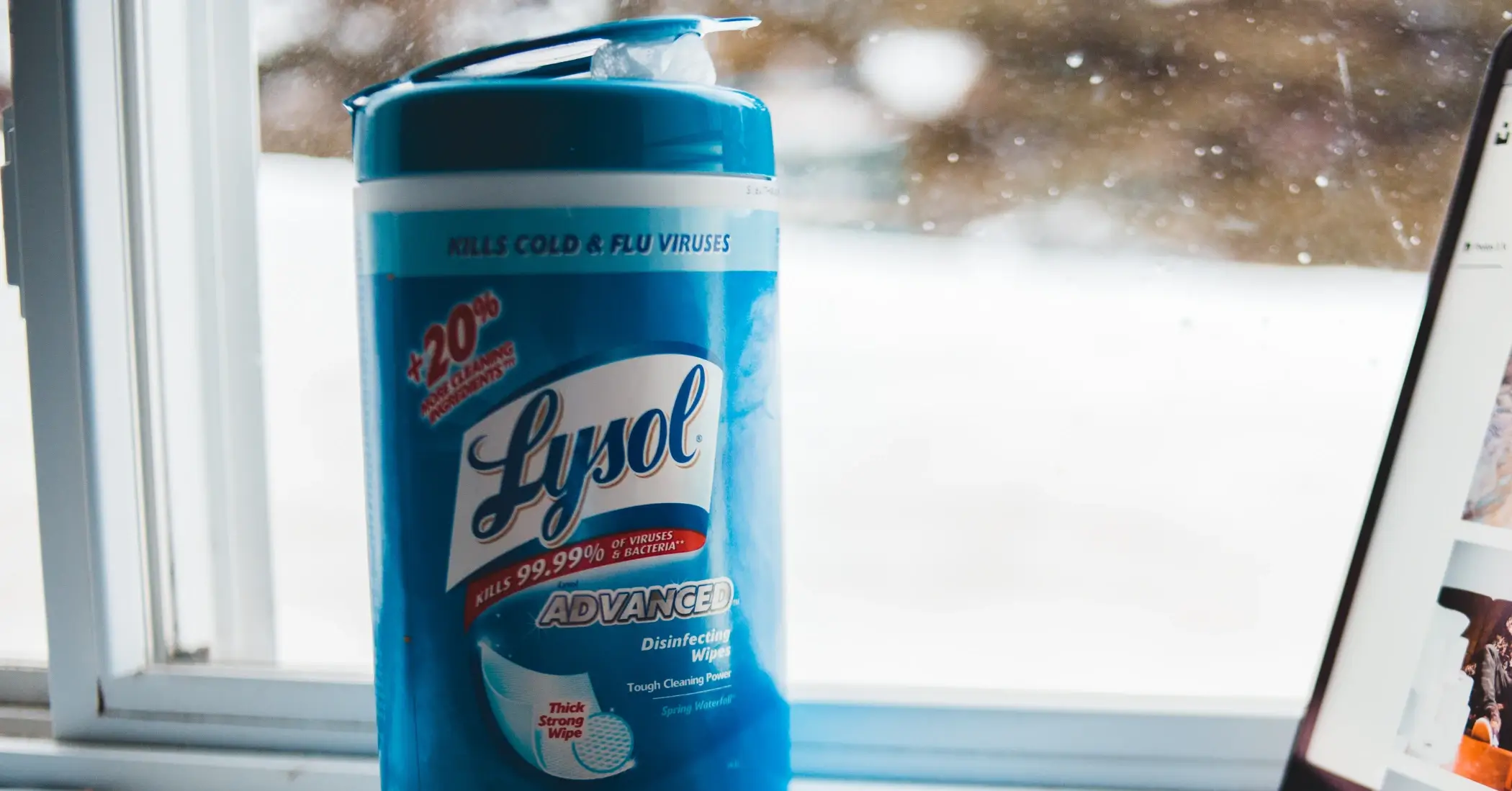Is Carpet Ruined If It Gets Wet? What You Need to Know
A little spill or minor leak might not seem like a big deal, but when your carpet gets soaked, the clock starts ticking. Understanding how long carpet can stay wet and whether it needs to be replaced is essential to avoid long-term damage like mold, odor, and structural deterioration.
In this post, we break it down and share what you should do if your carpet gets wet.
When water hits your carpet, you probably wonder “is carpet ruined if it gets wet?” The answer isn’t always simple. It depends on several important things like how clean the water was, how long it stayed wet, and what type of carpet you have. Let’s break down everything you need to know about wet carpets and when they can be saved.
Is Carpet Ruined If It Gets Wet? The Quick Answer
Not always! Whether carpet is ruined if it gets wet depends mostly on time and the type of water involved. Clean water from a burst pipe gives you the best chance to save your carpet. Dirty water from sewage or flooding usually means replacement is necessary. The key is acting fast – you have about 24 to 48 hours before serious damage sets in.
Many homeowners successfully save their carpets when they respond quickly to water damage. The secret is understanding what makes carpet ruined if it gets wet versus what allows it to be restored.
How Long Can Carpet Stay Wet Before It’s Ruined?
Time is your biggest enemy when dealing with wet carpet. Carpet should never stay wet for more than 24 to 48 hours. After this point, moisture goes deeper into the padding and even reaches the wood underneath your floors.
When carpet stays wet too long, several bad things happen. Mold starts growing, which can make you sick. The carpet fibers get weak and might fall apart. The glue that holds everything together can fail. Even worse, the wooden floor underneath can get damaged, leading to expensive repairs.
Professional water damage restoration experts know exactly how to dry carpets quickly and safely. They use special equipment that regular people don’t have access to.
What Happens When Carpet Gets Wet: The Timeline
Understanding what happens hour by hour helps you know when carpet is ruined if it gets wet versus when it can still be saved.
The Critical First 24 Hours
During the first day after carpet gets wet, you have the best chance to save it. Quick action during these first 24 hours can often prevent permanent damage. The goal is simple: get as much water out as possible and stop mold from starting to grow.
Professional restoration teams can extract water, set up drying equipment, and monitor moisture levels. This is when proper drying techniques make the biggest difference in saving your carpet.
Hours 24-48: The Danger Zone
Between 24 and 48 hours, mold spores that are always floating in the air start to settle on your wet carpet. These tiny spores love warm, wet places. Once they find a good spot, they begin growing fast.
This is when many people start asking “is carpet ruined if it gets wet?” because they notice the first signs of problems. You might smell something musty or see small dark spots appearing.
After 48 Hours: Serious Damage Sets In
After two days, visible mold growth often appears. The carpet structure starts breaking down. The padding underneath gets completely soaked and becomes a breeding ground for bacteria. At this point, most carpets need to be replaced.
Black mold can become dangerous to your health, causing breathing problems, allergies, and other serious issues. This is why experts often recommend replacement after 48 hours of water exposure.
Types of Water That Affect Whether Carpet Is Ruined
Not all water is the same when it comes to carpet damage. Understanding the difference helps answer the question “is carpet ruined if it gets wet?”
Clean Water (Category 1)
Clean water comes from sources like broken pipes, supply lines, or rainwater. This type of water gives you the best chance to save wet carpet. Since it doesn’t contain harmful bacteria or chemicals, professional cleaning and drying can often restore the carpet completely.
Examples of clean water sources include leaking faucets, broken water heaters, or melting ice. When dealing with clean water damage, quick water damage repairs can often save both your carpet and your wallet.
Gray Water (Category 2)
Gray water contains some contaminants but isn’t heavily polluted. This includes water from washing machines, dishwashers, or toilet overflow (without solid waste). Gray water makes carpet harder to save because it contains soap, detergents, or other chemicals.
Professional assessment becomes crucial with gray water. Experts can determine if the contamination level allows for safe restoration or if replacement is necessary.
Black Water (Category 3)
Black water is heavily contaminated and dangerous. It comes from sewage backups, toilet overflow with waste, or floodwater that has mixed with soil and debris. When black water touches carpet, the answer to “is carpet ruined if it gets wet?” is almost always yes.
The health risks from black water are too high to attempt carpet restoration. Professional sewage cleanup services must handle this type of contamination safely.
Signs Your Carpet Might Be Ruined
Knowing the warning signs helps you determine if carpet is ruined if it gets wet or if it can still be saved.
Visual Signs
Look for dark spots or patches that could be mold growth. Check for carpet that looks bleached or discolored. Notice if the carpet feels different – wet carpet that’s been damaged often feels rough or scratchy instead of soft.
Carpet edges that are pulling away from walls or seams that are coming apart are bad signs. This usually means the backing material has been damaged by water.
Smell Test
A musty, moldy smell that doesn’t go away after cleaning usually means carpet is ruined if it gets wet. This odor comes from mold growing deep in the padding or backing where you can’t see it.
Fresh, clean water damage might have a wet smell at first, but this should go away quickly with proper drying. Persistent bad smells indicate serious problems.
Health Symptoms
If people in your home start having allergic reactions, breathing problems, or headaches after carpet gets wet, this could mean dangerous mold growth. According to the CDC, mold exposure can cause serious health problems, especially for children and people with allergies.
When Carpet Can Be Saved
The good news is that carpet isn’t always ruined if it gets wet. Here’s when professional restoration can often save your carpet:
Clean water damage that’s addressed within 24 hours has the best chance for successful restoration. Carpet made from synthetic materials like nylon or polyester handles water better than natural fibers like wool.
If the padding stays mostly dry and the subfloor isn’t affected, restoration becomes much more likely. Professional mold remediation techniques can prevent future problems when started early.
Professional vs. DIY: Why Expertise Matters
Many homeowners wonder if they can handle wet carpet themselves. While small spills might be manageable, significant water damage requires professional help to determine if carpet is ruined if it gets wet.
Professionals have moisture meters that measure hidden water in padding and subfloors. They use industrial fans and dehumidifiers that work much faster than household equipment. Most importantly, they know when carpet can be saved and when replacement is the safer choice.
The EPA recommends professional help for water damage affecting more than 10 square feet of area.
What to Do When Your Carpet Gets Wet
Quick action determines whether carpet is ruined if it gets wet or if it can be restored. Here’s what to do immediately:
First, stop the water source if possible. Turn off water valves, fix leaks, or call emergency services for flooding. Safety comes first – don’t enter areas with electrical hazards or structural damage.
Remove furniture and belongings from the wet area. Take photos for insurance purposes before moving anything. Start blotting up water with towels, but don’t rub or scrub, which can damage carpet fibers.
Call professional restoration services within the first few hours. They can assess whether carpet is ruined if it gets wet and start the drying process immediately. Many companies offer 24-hour emergency services for exactly this reason.
Open windows and doors if weather permits. Turn on fans and air conditioning to help with air circulation. Remove wet padding if you can do so safely – this often needs replacement even when carpet can be saved.
Insurance and Wet Carpet Claims
Understanding insurance coverage helps when dealing with wet carpet damage. Most homeowner’s insurance covers sudden water damage from burst pipes or appliance failures. However, gradual leaks or flooding often require separate coverage.
Document everything with photos and keep receipts for any immediate expenses. Professional restoration companies can help with insurance claim support, making the process easier for homeowners.
Insurance companies often prefer professional restoration over replacement when possible, as it costs less. Having expert documentation helps support your claim regardless of whether carpet is ruined if it gets wet.
Preventing Future Carpet Water Damage
Prevention is always better than asking “is carpet ruined if it gets wet?” after damage occurs. Regular maintenance helps protect your investment.
Check plumbing regularly for small leaks before they become big problems. Know where your water shut-off valves are located. Consider water leak detection systems in basements or near water heaters.
Keep humidity levels between 30-50% in your home. High humidity makes it easier for mold to grow if water damage does occur. Use exhaust fans in bathrooms and kitchens to reduce moisture.
Get Professional Help for Wet Carpet
Don’t leave the question “is carpet ruined if it gets wet?” unanswered. A/S General Contracting provides emergency water extraction, professional drying, and complete restoration services throughout San Diego County.
Our certified technicians assess each situation carefully to determine if your carpet can be saved or needs replacement. We handle insurance claims from start to finish, making the process as stress-free as possible for homeowners.
Whether you’re dealing with a small leak or major flooding, quick professional response makes all the difference. We’re available 24/7 for emergency services because we know that water damage doesn’t wait for business hours.
Contact A/S General Contracting today for a free inspection and honest assessment of your water-damaged carpet. Don’t wait – every hour counts when determining if carpet is ruined if it gets wet.


